20 pages • 40 minutes read
Edna St. Vincent MillaySong of a Second April
Fiction | Poem | Adult | Published in 1921A modern alternative to SparkNotes and CliffsNotes, SuperSummary offers high-quality Study Guides with detailed chapter summaries and analysis of major themes, characters, and more.
Literary Devices
Form and Meter
Like all of Millay’s poetry, “Song of a Second April” possesses a traditional and regimented meter and form. Unlike her Modernist peers, Millay does not deviate from or experiment with her poetic structure in any way. The poem possesses a precise rhythm and meter. Each line is written in iambic tetrameter, meaning the lines follow a pattern of alternating unstressed and stressed syllables for eight syllables per line. “Song of a Second April” also contains three sestets or six-line stanzas for a total of 18 lines. In each stanza, Millay adheres to the same ABABBA CDCDDC EFEFFE rhyme scheme and mostly employs masculine rhymes. A masculine rhyme is any rhyme that involves only one syllable. Except for “otherwise” and “butterflies” (Lines 1, 6) where two syllables in the paired words rhyme, every other rhyme in Millay’s poem involves a pair of simple, monosyllabic words like “bores” and “chores” (Lines 10, 11) or “run” and “sun” (Lines 14, 16). Similarly, each stanza concludes with an end-stopped line, neatly concluding each stanza’s thought before moving on to the next point. The effect of this regulated form,
Related Titles
By Edna St. Vincent Millay
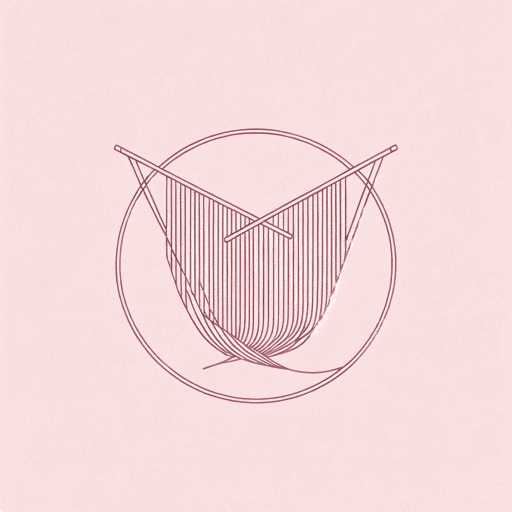
An Ancient Gesture
Edna St. Vincent Millay
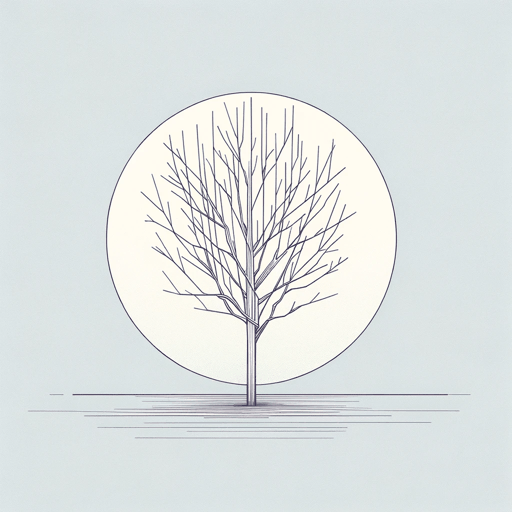
Conscientious Objector
Edna St. Vincent Millay

Ebb
Edna St. Vincent Millay
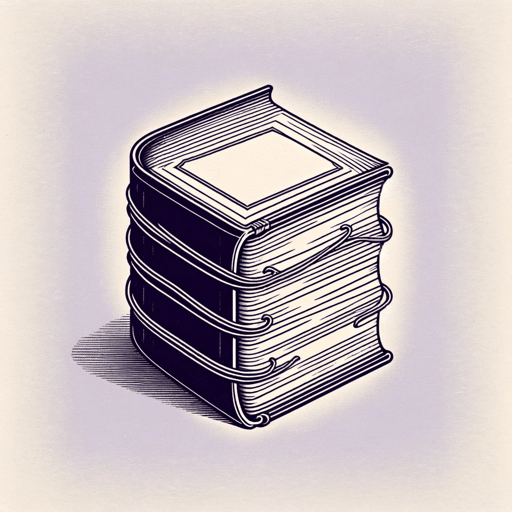
I Will Put Chaos Into Fourteen Lines
Edna St. Vincent Millay
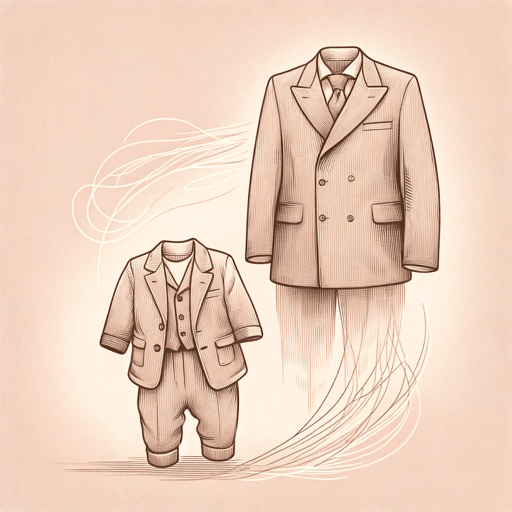
Lament
Edna St. Vincent Millay
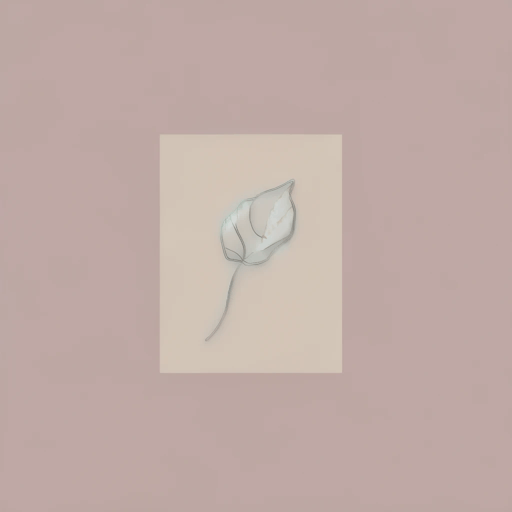
Not In A Silver Casket Cool With Pearls
Edna St. Vincent Millay

Spring
Edna St. Vincent Millay
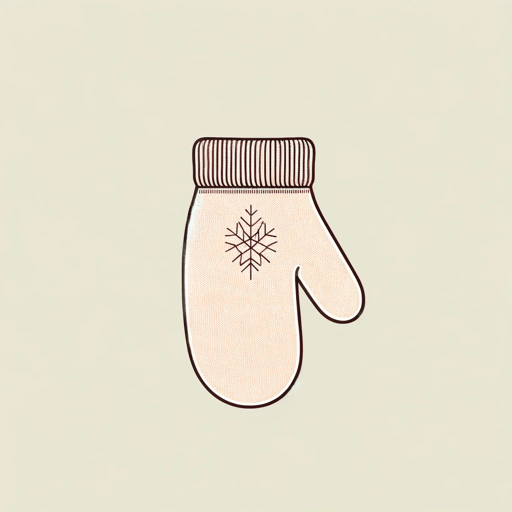
The Ballad of the Harp-Weaver
Edna St. Vincent Millay
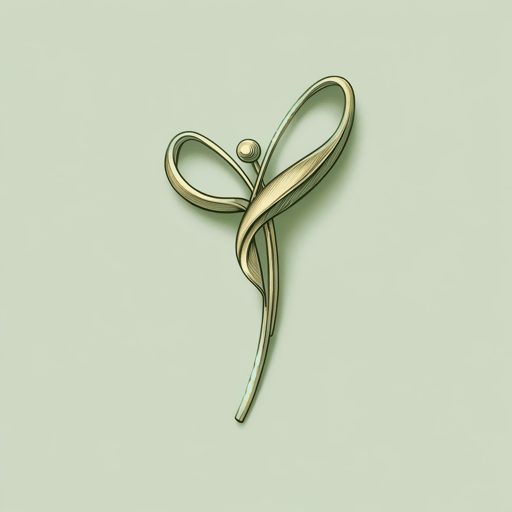
The Courage That My Mother Had
Edna St. Vincent Millay

The Spring And The Fall
Edna St. Vincent Millay
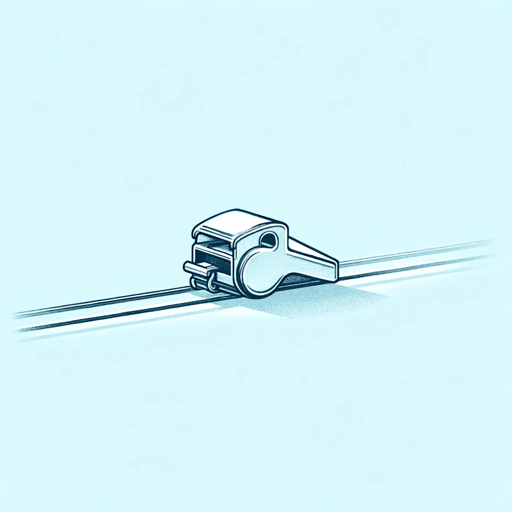
Travel
Edna St. Vincent Millay

